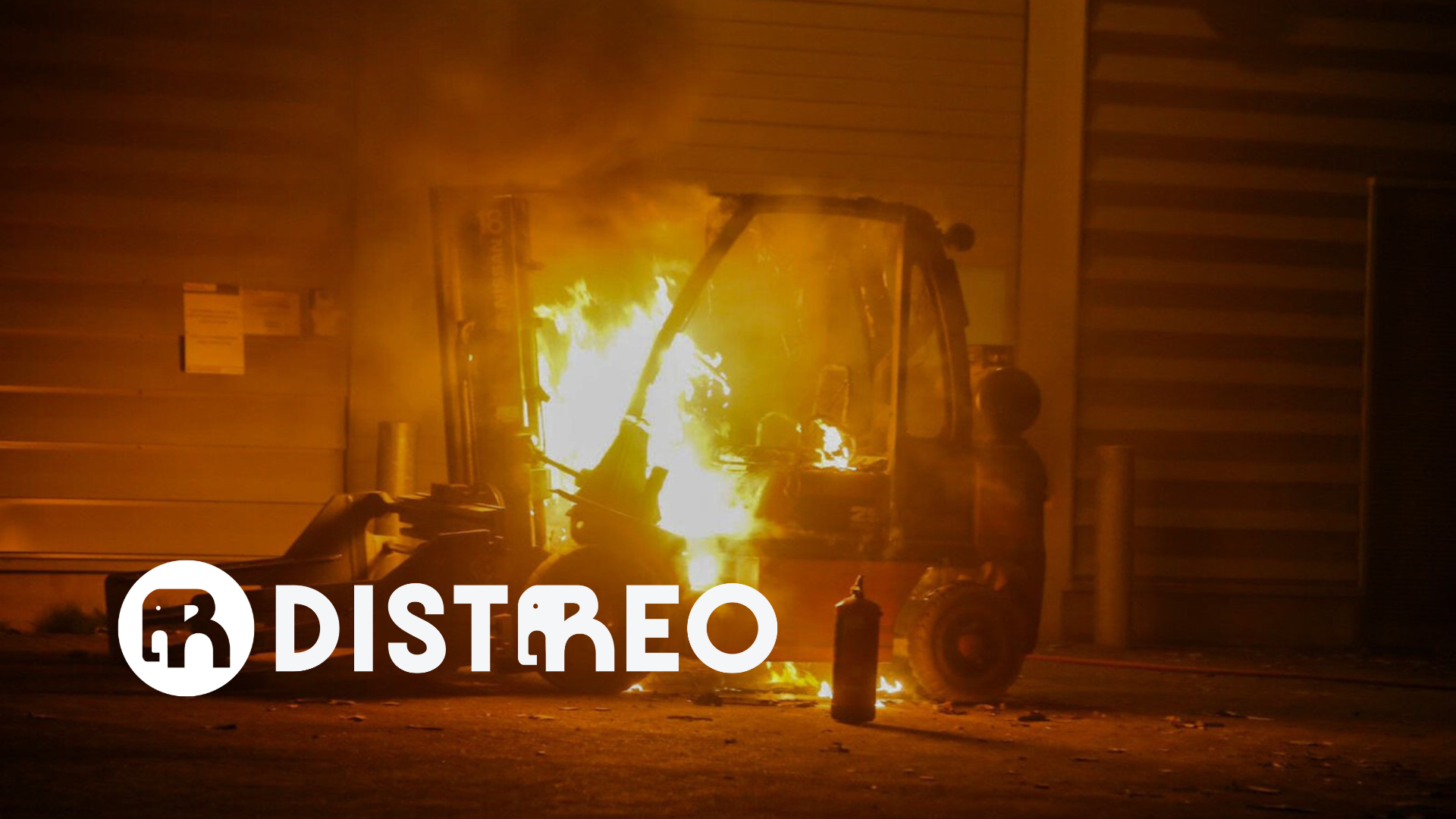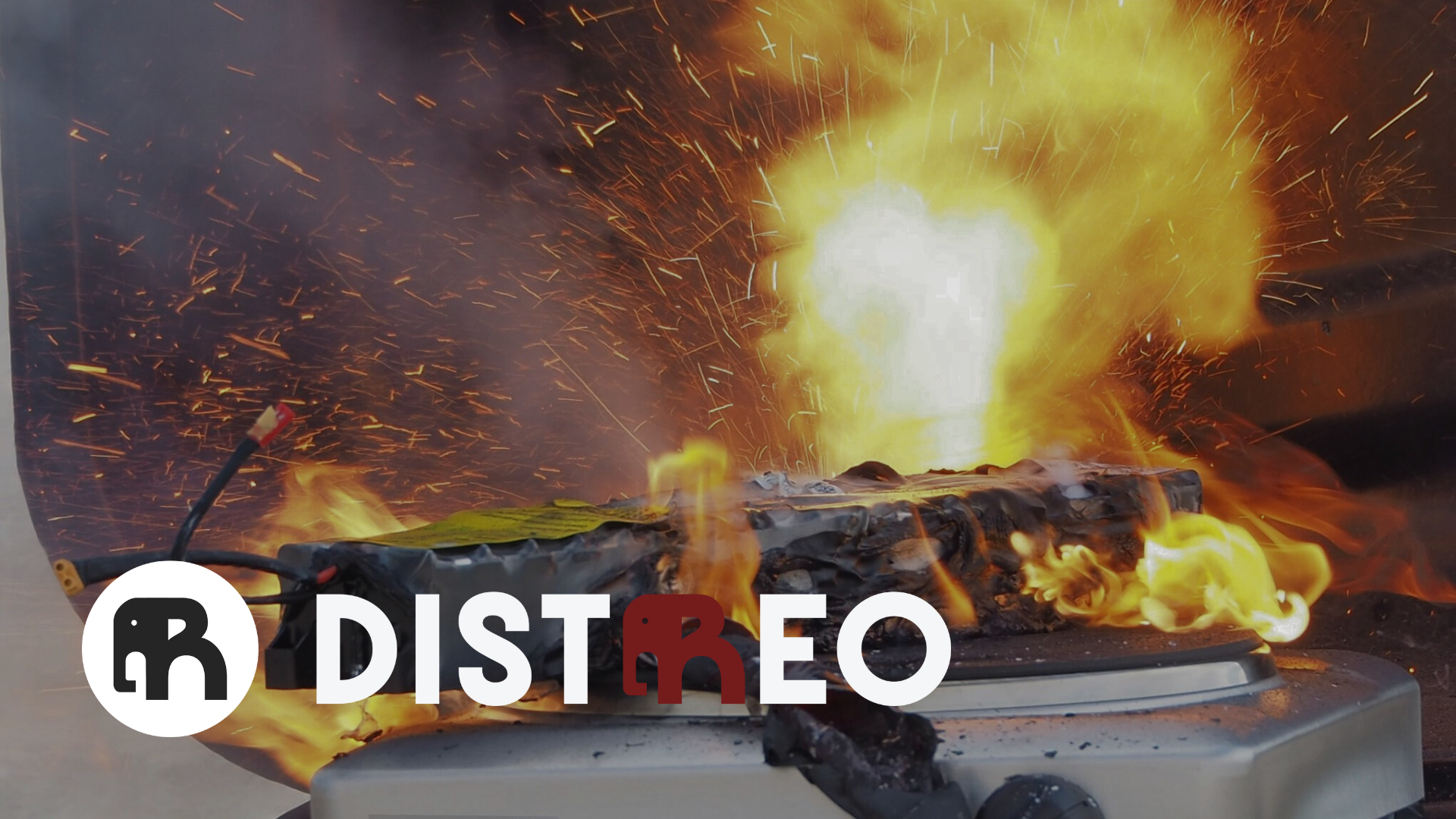For more than a century, battery technology has been familiar to us and continues to evolve. Lead-acid batteries emerged in the early 20th century, primarily as a result of the automotive industry. With a few modifications, this very technology still exists today, continuing to power cars and serve as uninterruptible power supplies for businesses and industry.
In the 1970s, the need for reliable, rechargeable power sources for consumer products and medical devices led to the widespread adoption of nickel-cadmium (NiCd) batteries. They were replaced in the 1980s by nickel-metal hydride (NiMH) batteries, which offered a less toxic alternative to NiCd batteries, along with a higher energy density. Outside of consumer products, they were particularly popular in early hybrid electric vehicles.
Battery technology took a leap forward in the 1990s when lithium-ion batteries entered the market. The new technology significantly improved safety, energy density, and longevity, revolutionizing portable electronics such as cell phones and laptops.
Research and development of lithium-ion (Li-Ion) batteries has continued into the 21st century, and the technology has advanced to the point where almost all consumer products are powered by Li-Ion batteries. They currently power electric vehicles and are used in battery energy storage systems to store excess energy produced by renewable energy sources. Their adoption is so widespread that it is estimated that 90% of all large-scale battery energy storage installations use Li-Ion battery systems.
With popularity came risks
Li-Ion batteries are so popular primarily because of their high energy density. This means they can store a substantial amount of energy in a relatively small and lightweight volume. They also recharge faster than other batteries and have a long lifespan. Given the ongoing concern about global warming and the need for cleaner energy, Li-Ion batteries are seen as playing a central role in meeting climate change goals.
Any time a substantial amount of energy is confined within a confined space, risks inevitably arise. The influx of lithium-ion batteries into the community has increased these risks, leading to an increase in fires and explosions at various levels of lithium-ion battery use. A simple internet search yields countless incidents, from cell phone explosions to electric car fires and even large-scale fires involving commercial battery energy storage facilities.
In 2018, the U.S. Consumer Product Safety Commission reported more than 25,000 incidents of overheating or fire involving more than 400 types of consumer products powered by lithium batteries over a five-year period. Adding to this worrying statistic are the number of deaths and injuries. In 2023, in New York City alone, the FDNY reported 150 injuries and 18 deaths from 267 fires caused by lithium-ion batteries.
Lithium-ion batteries can fail with virtually no warning, compounding the risk factor, and the resulting fires produce toxic and flammable fumes and are notoriously difficult to extinguish. In many cases – such as with electric vehicles (EVs) – firefighters turn to Bridgehill fire blankets . Furthermore, in the case of rechargeable batteries – such as those used to power tools and other consumer products – RACLAN BOX’s new advances in Li-Ion battery charging and storage are paving the way to minimize the damage caused by Li-Ion fires and explosions.
There are several causes for Li-Ion battery failure:
- Manufacturing defects
- Design defects
- Poor quality products (unregulated imports)
- overloading
- Physical damage
- Exposure to extreme temperatures
Of these causes, the most common appear to be manufacturing defects and design flaws.
With so many li-ion powered products on the market, not all are manufactured to the strict standards required for safe battery operation; this makes them much more susceptible to failure.
Although a Li-Ion battery can fail at any time, it tends to fail most frequently during charging. If there are manufacturing defects (for example, small metal particles in the battery case), these can lead to short circuits. Also, if there are design flaws in the protection circuits to prevent overcharging, this can also lead to battery failure.
In addition to manufacturing issues, charging creates stresses on the battery electrodes, causing lithium metal to coat the anode, which reduces the battery's overall capacity and can cause an internal short circuit. If batteries are charged too quickly, they can overheat, also leading to failure.
The RACLAN solution
RACLAN lithium-ion battery storage boxes were designed to eliminate the risks of battery fires.
The lithium batteries are inserted into the box together with the chargers. The front cover is then tightly closed. From this moment on, the power supply is switched on and the electronic monitoring system controls the charging process and the inside of the box.
If the system detects an increase in temperature or smoke gas, it immediately reports an optical and acoustic alarm. A WLAN connection to the home alarm system is also possible.
In the event of an alarm, the pressureless extinguishing system sprays an environmentally friendly extinguishing agent and coolant over the batteries, thus extinguishing the fire. The resulting smoke and gas mixture is directed through filters into the exhaust gas management system so that no toxins can escape to the outside.
To learn more about the RACLAN box, visit the storage boxes section on our website: https://distreo.ro/collections/cutii-de-depozitare-ignifuge




Write a comment
Comments are verified before being published.
This site is protected by hCaptcha and the hCaptcha Privacy Policy and Terms of Service apply.